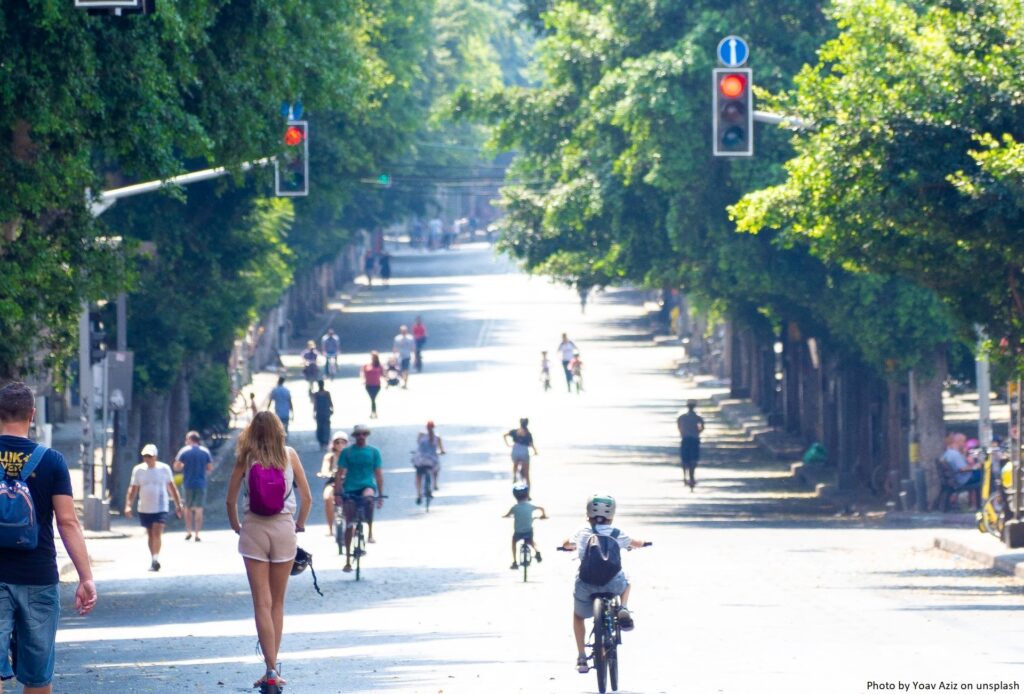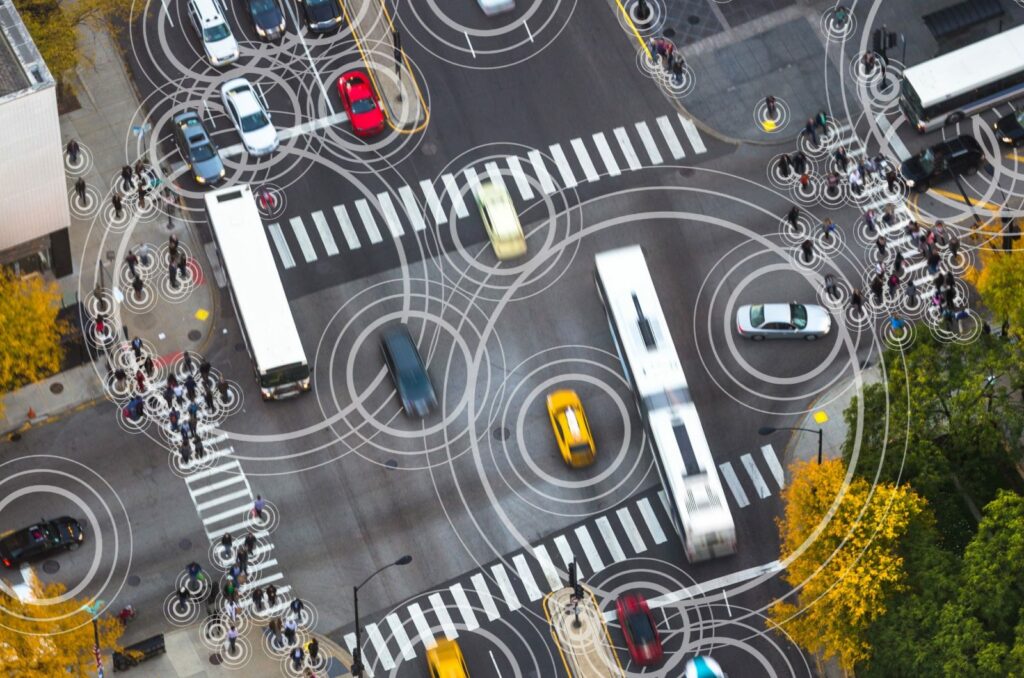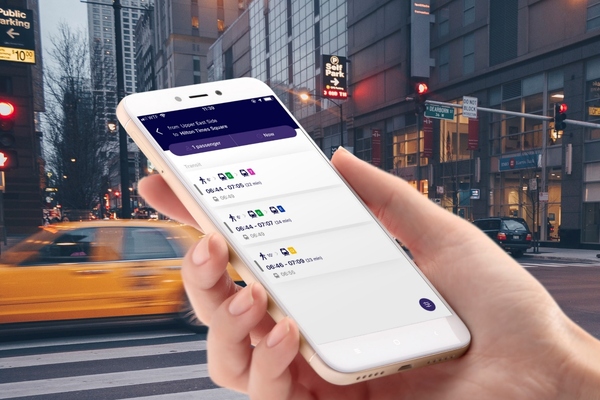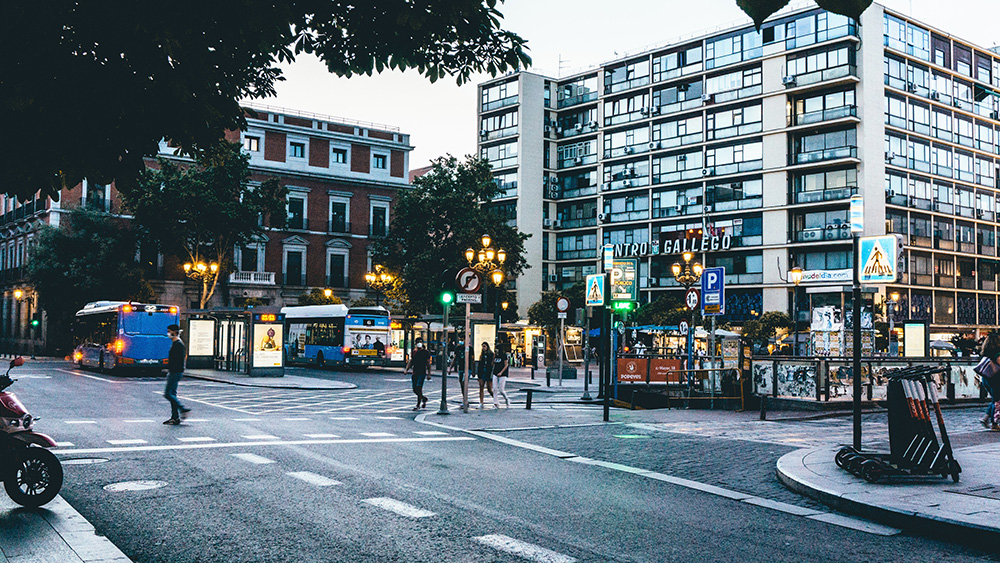Lisbon installs “footrests” for cyclists waiting for lights to turn in their favour
One of the longest crossroads in Lisbon – especially for cyclists – is the one at Entrecampos. Over 1,000 cyclists per day cross the Entrecampos roundabout, where – as is still the case in many other cities around the world – priority is given to cars rather than to active mobility, whether that is cycling or walking. In particular, cyclists have to wait 2 or 3 times at traffic lights just to go from Avenida da República to Campo Grande, or vice versa, and it is only a few metres.
In order to support cyclists while they are waiting at the crossroads, Lisbon City Council has installed the first “footrests” in the city at two of these traffic lights. These are micro-infrastructure that allow cyclists to support themselves, rest their arms and put their feet down. This type of micro infrastructure already exists in other cycling cities in Europe.
The first two metallic structures, installed next to the Entrecampos roundabout, have been placed next to the cycle path and before the traffic lights, so that bike users can comfortably wait for their green light, while continuing to stay on their bicycle. On the “footrest”, there is a sentence explaining the use of the structure, saying “put your foot down here…thanks for riding a bike!”. The installation of this equipment is part of a pilot project that aims to assess users’ perception of its value, in order to identify whether to install more “footrests” in other areas of the city.
With two further cycle paths planned to be implemented this year, Lisbon City Council is showing, with the installation of these “footrests”, its willingness to continue to invest in and improve cycling mobility. Cycling cities are not only well equipped with adequate infrastructure, they also offer more comfort to all residents and visitors.
It remains to be seen whether there will be future changes in the traffic lights or in the design of the Entrecampos roundabout to give priority to active and sustainable transport modes, so that crossing at this location is not so time-consuming and is more comfortable for cyclists. As of today, cyclists regularly improvise new ways to reduce the time taken at that crossing, particularly to reduce time spent stuck at those traffic lights.
Lisbon installs “footrests” for cyclists waiting for lights to turn in their favour Read More »








